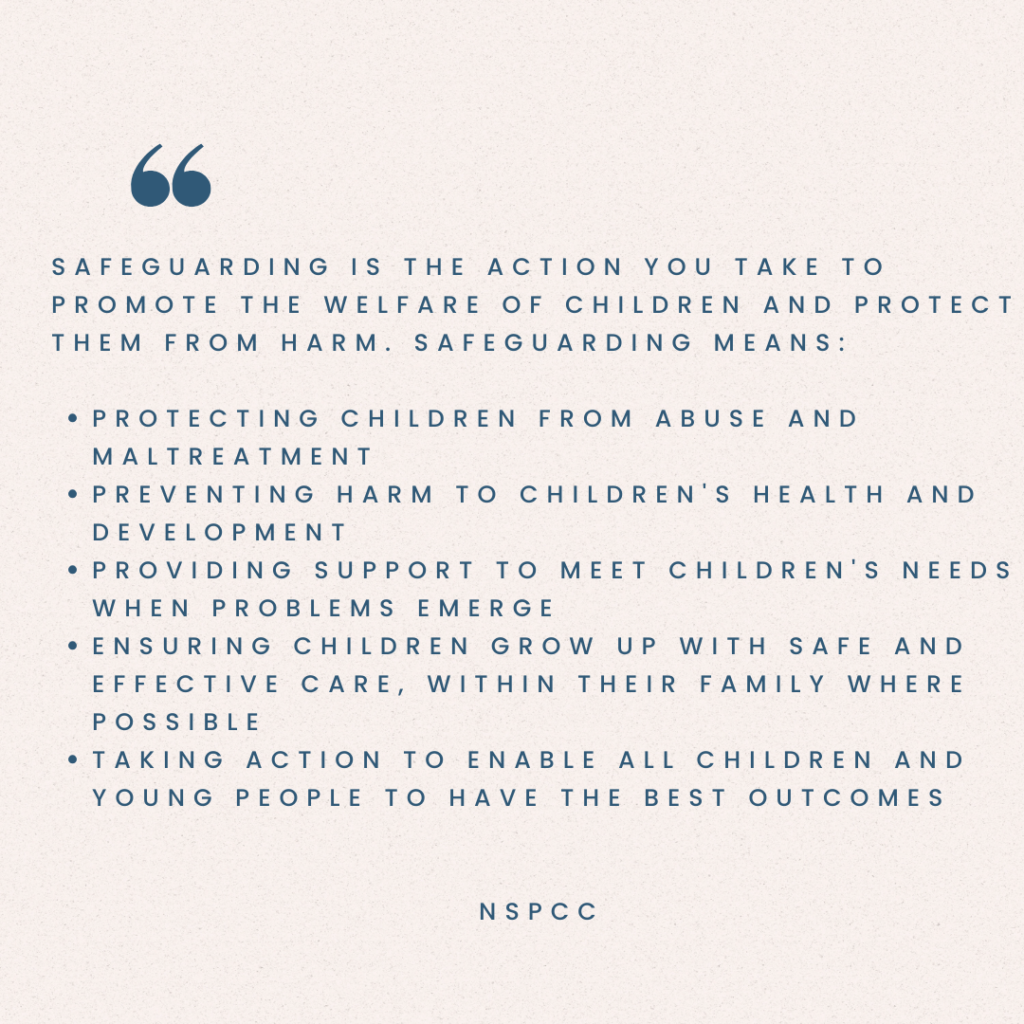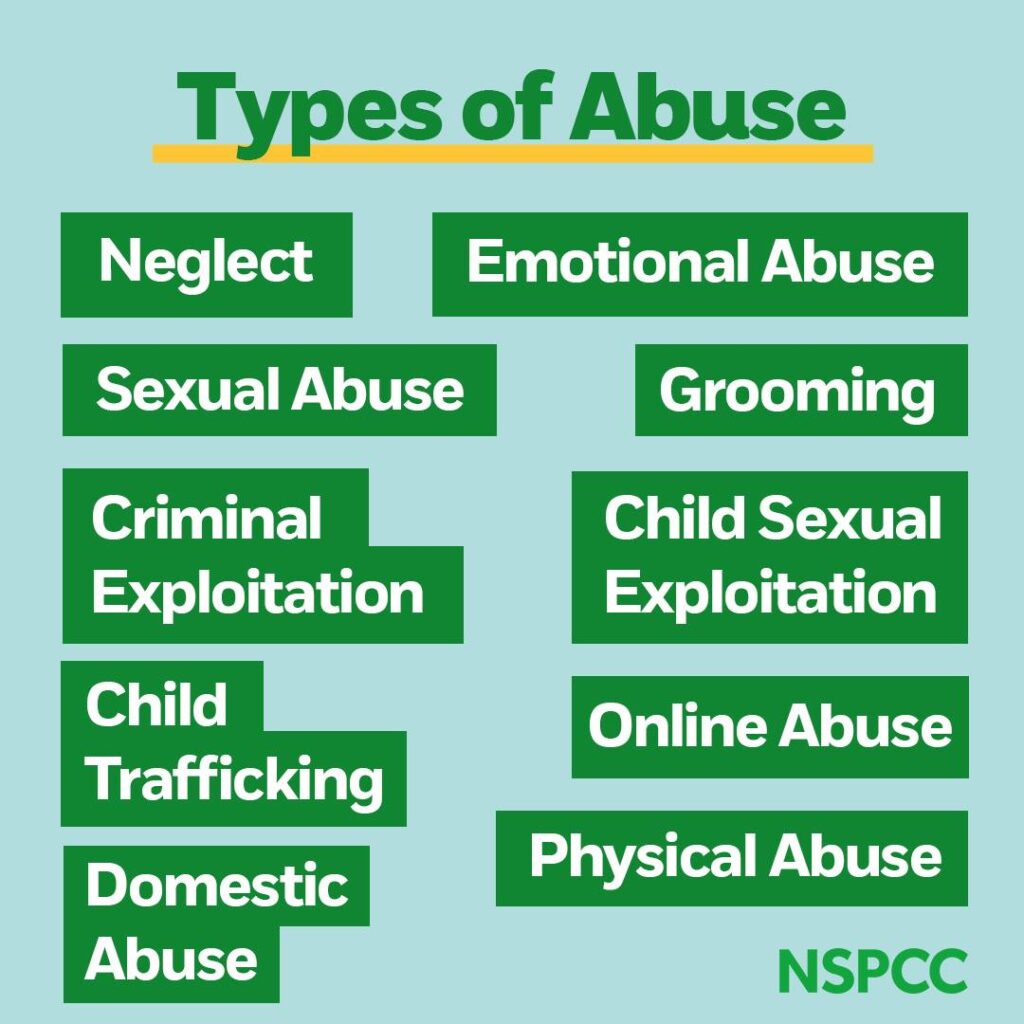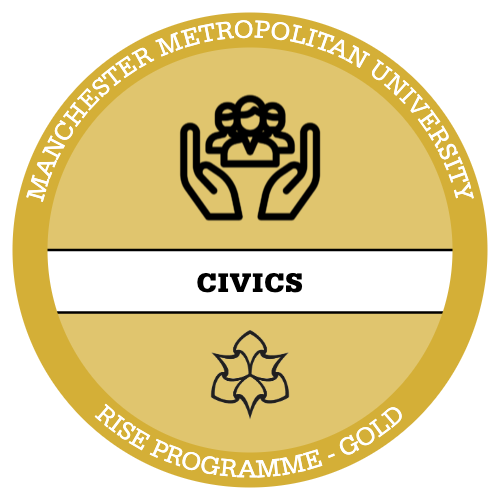Introduce
It is important to be aware of your setting’s own safeguarding and child protection policies and follow these procedures as well as national guidance. The purpose of this sprint is to highlight the key principles and to encourage reflection on your safeguarding responsibilities.
The NSPCC defines safeguarding as:

Safeguarding is the broader process of promoting the welfare of all children and preventing harm through proactive measures, whereas child protection is a specific aspect of safeguarding focused on intervening to protect children who are at risk of or suffering harm, abuse, or neglect.
Child protection is a key aspect of safeguarding, focusing on protecting individual children who are suffering or at risk of significant harm. It involves specific procedures for responding to concerns about a child’s safety or wellbeing.
Regardless of the sector or role, everyone shares the responsibility of keeping babies and children safe.
There are many different types of abuse that a child may experience. You can see these summarised in the image below:

Not every child who experiences abuse will encounter just one; different types of abuse can be experienced at the same time and happen repeatedly for short or long periods of time.
It’s important to be aware of these different types of abuse as it can make it easier to spot the signs and help us to understand what is needed in response, to ensure the safety of the children we work with.
Develop
Child protection laws, guidance, and practices aim to:
- Identify children at risk of harm
- Take action to safeguard them
- Prevent further abuse
Legislation establishes the framework for safeguarding and child protection in England, outlining expectations, duties of care, and accountability for protecting children. Key laws include the Children Act 1989, the Children Act 2004, and the Children and Social Work Act 2017.
Local safeguarding partners oversee child protection policies, procedures, and guidance within their area. These arrangements are led by three statutory safeguarding partners: the local authority, the integrated care board (ICB, formerly the clinical commissioning group or ‘CCG’), and the police.
The latest versions of the Regional Procedures Manual for Local Safeguarding Children Partnerships are available here: Welcome to the Greater Manchester Safeguarding Children…
Reflect
Stop and Reflect: Safeguarding is essential, regardless of your role. Take a moment to reflect on your knowledge, confidence, and approach to ensuring the safety and wellbeing of children you may interact with in your role:
– Do you fully understand your role and responsibilities in safeguarding and protecting children?
– How do you manage your emotional responses to safeguarding issues to remain professional and effective?
– What areas of safeguarding knowledge or skills could you develop further?






